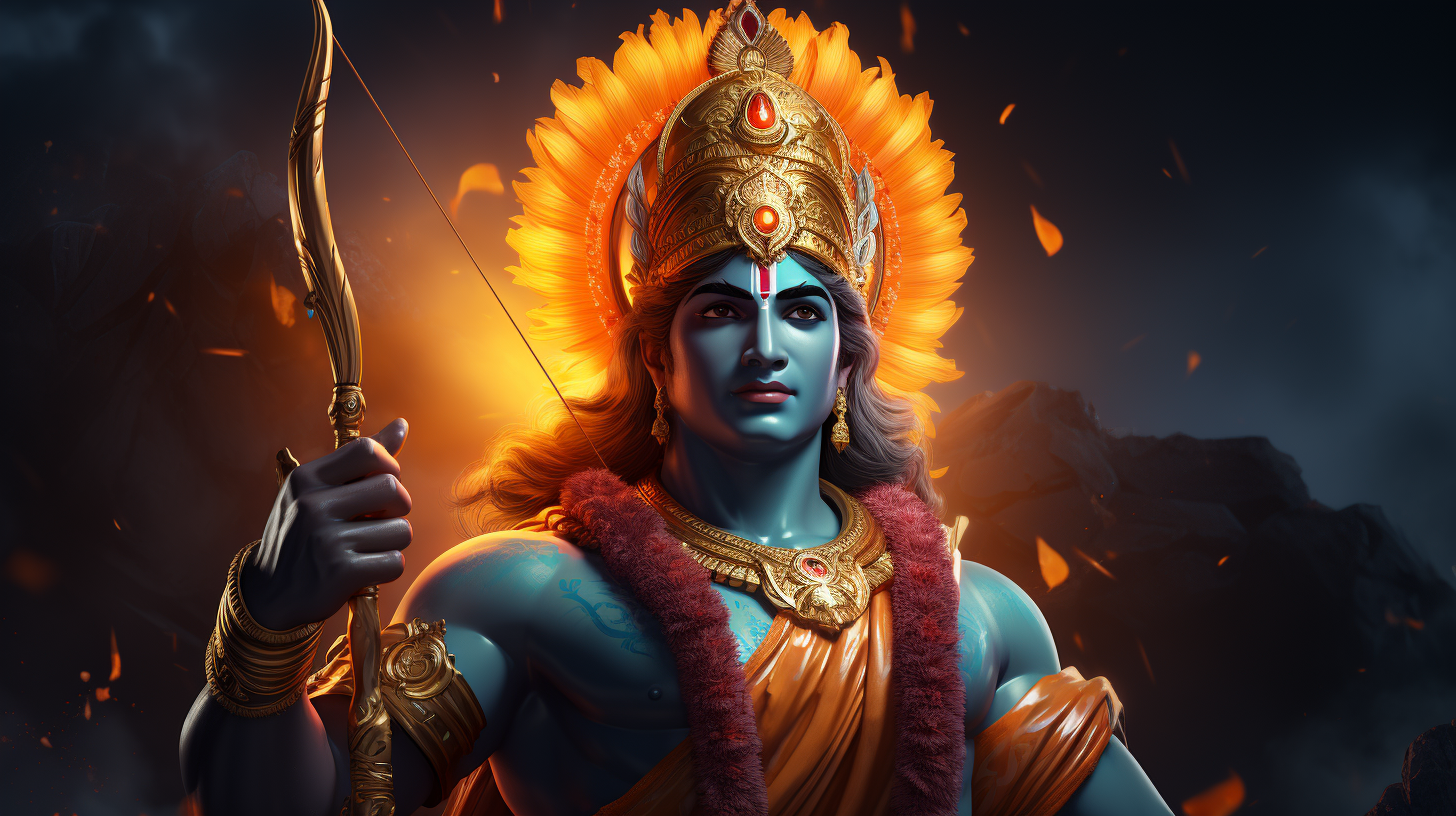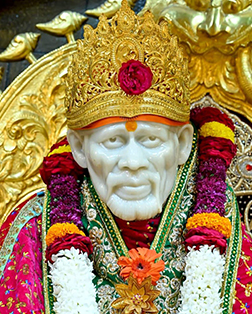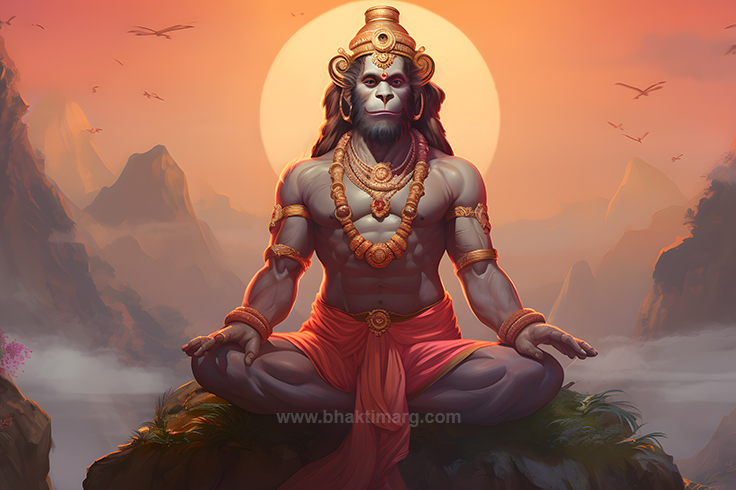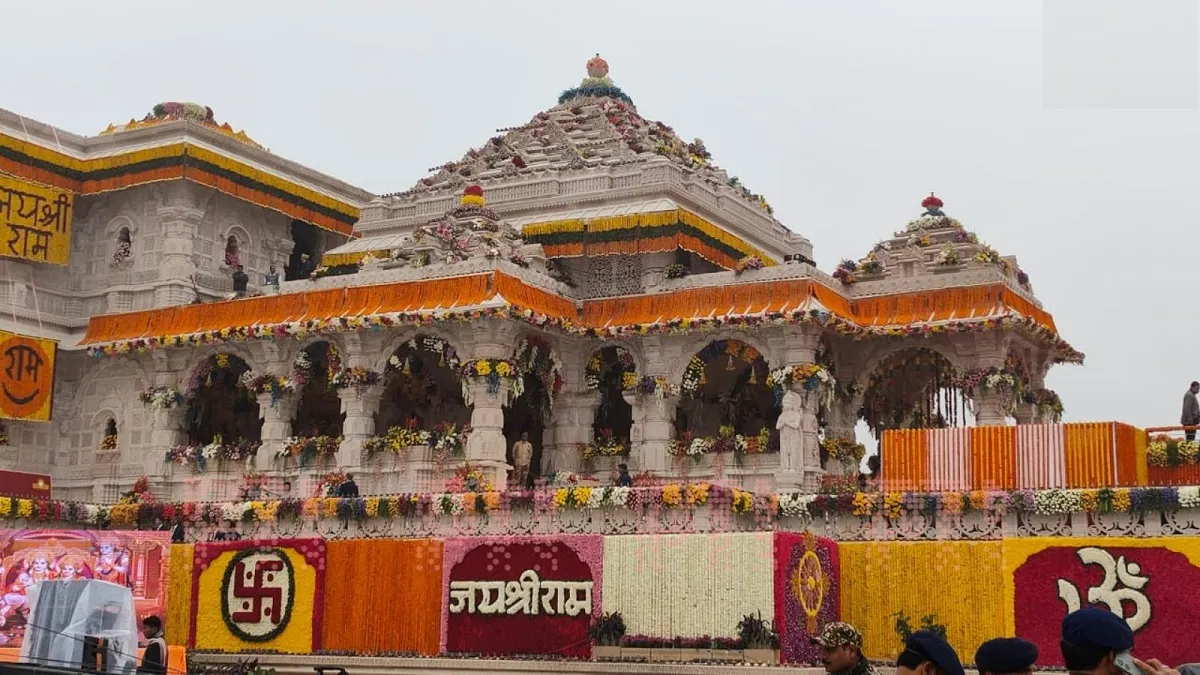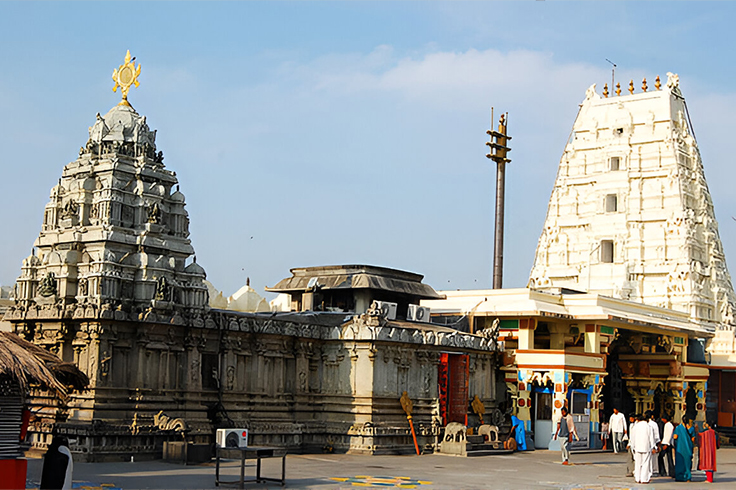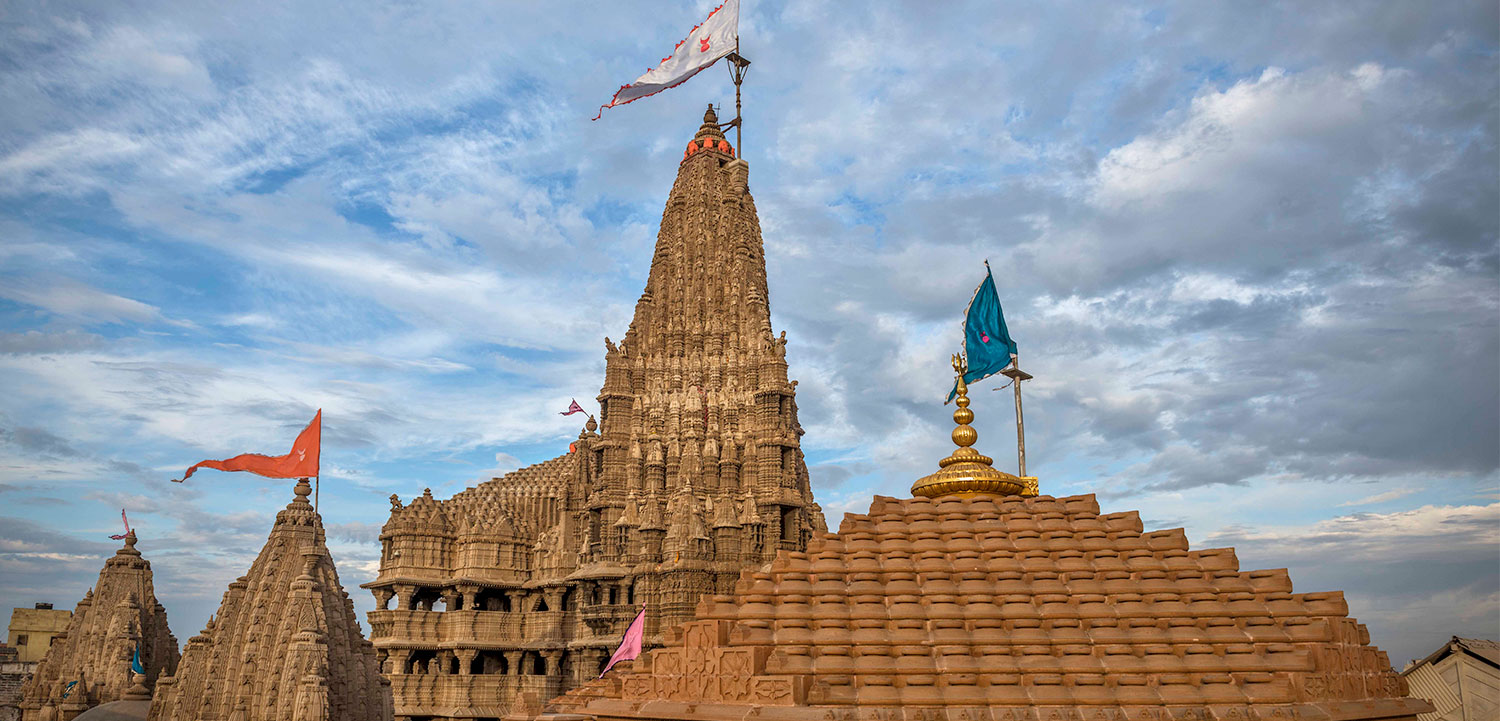
Lord Dattatreya and His 24 Gurus
The tradition of Guru in Hinduism is quite common, there are several gurus revered and treated on par with god as they guide people in their spiritual journey. Lord Dattatreya is also one such Guru but what makes him special is, that he is a human-form deity representing the Hindu Trinity Brahma, Vishnu, and Shiva. He is also called Gurudev Dattareya as Puranas depict him to be the guru of all gods and spiritual gurus just as the praises in Sri Dattatreya Stotram mentions.
He is often depicted with three heads signifying the collective qualities of creation, preservation, and destruction. A sage of great wisdom and an eternal teacher, Shree Gurudev Datta’s teachings are profound and timeless. The lord Dattatreya mantra establishes this nature of the lord and helps the practitioner to focus on his teachings. One of the most intriguing aspects is the 24 gurus of Dattatreya from whom he learned valuable lessons about life and spirituality. This narrative is a testament to his humility and his belief that wisdom can be gleaned from every aspect of existence.
Also Read: Different Incarnations of Lord Dattatreya
The 24 Gurus Of Dattatreya:
In the Bhagavata Purana, Gurudev Dattatreya himself acknowledges 24 entities as his gurus ranging from natural elements to animals, each imparting a specific lesson. The 24 gurus of Dattatreya signify the omnipresent nature of divine wisdom and the importance of being open to learning from all sources, let’s get to know them,
- Earth (Prithvi): Dattatreya learned patience, endurance, and the ability to sustain life from the Earth. Just as the Earth bears all living beings and their actions without complaint, humans should develop tolerance and resilience
- Jala, water, teaches purity and the quality of being life-sustaining symbolizing the need for purity in thoughts and actions
- Agni, Fire that burns everything but remains unaffected teaches detachment and the ability to consume without attachment Datta Guru says they represent how one should remain unaffected by worldly attachments
- Vayu the wind is free and pervasive, symbolizing detachment and the omnipresence of the self teaching the importance of freedom and flexibility
- Then comes Akasha the sky among 24 Gurus of Dattatreya representing infinity and non-attachment teaching the lesson of vastness and the importance of remaining unattached to material possessions
- The Chandra, moon waxes and wanes, symbolizing the transient nature of life symbolizing changes and phases are natural, and one should remain unaffected by them
- Surya the sun that shines bright providing light, absorbs water from the earth, and returns it as rain without expecting anything in return Gurudev Dattatreya says it teaches the value of selfless service and the natural cycle of giving and receiving
- Kapota the Pigeon, Dattatreya observed is overly attached to its family, leading to its downfall, teaching the dangers of excessive attachment
- Ajagara the python remains content with whatever food comes its way, teaching the virtue of contentment and patience
- The Samudra remains constant despite the influx of numerous rivers, hence ocean teaches the importance of maintaining inner stability and calm amidst life’s ups and downs
- Then there is Patanga the moth, attracted to fire, meets its end, symbolizing the dangers of uncontrolled desires and the importance of self-control
- Bhramara the bee teaches the lesson of gathering knowledge from various sources without causing harm to others the same way they collect nectar from various flowers without harming them
- The Gaja is captured by its desire for a mate, hence Shree Gurudev Datta suggests elephant teaches the dangers of uncontrolled passion and the importance of self-restraint
- Mriga or deer is lured by music and falls into traps, teaching the dangers of sensory distractions and the importance of focus
- Then Matsya the fish is caught by bait, symbolizes the perils of greed and the importance of controlling desires
- Datta Guru also considered a prostitute named Pingala, who realized the futility of seeking worldly pleasures, teaching the importance of finding inner peace and contentment over external gratification
- Then Kurara a bird of prey loses its meal to stronger birds, teaching the futility of holding onto possessions and the peace that comes with letting go
- Then Gurudev Dattatreya acknowledges a small child as his teacher who is free from worries teaching the value of innocence and living in the present
- One of the 24 Gurus of Dattatreya is a young maiden who, while pounding rice, gets disturbed by guests and realizes the disturbance caused by external attachments amplifying the importance of solitude and focus
- Sarpa the serpent lives in solitude, avoiding social interaction, teaching the value of solitude and introspection
- Then Dattatreya found a guru in Baanakara an arrow-maker, who was focused on his work and did not notice a king’s procession, teaching the importance of concentration and dedication
- Urdhva-reta the spider weaves its web and later consumes it, teaching the cyclical nature of creation and destruction and the importance of non-attachment
- Peshaskrit the caterpillar transforms into a butterfly, symbolizing the potential for spiritual evolution and transformation through perseverance and devotion
- The last of the 24 gurus of Dattatreya is Madhuha the honey-gatherer, who takes honey collected by bees, teaches the futility of hoarding wealth and the importance of sharing and detachment

The 24 Gurus of Lord Dattatreya
The Teachings of Datta Guru and Their Relevance
Lord Dattatreya is incarnation of the Hindu Trinity and he acknowledged these 24 gurus highlighting the importance of learning from the world around us. If you take a closer look at the 24 Gurus of Dattatreya emphasize values such as patience, purity, selflessness, detachment, focus, and contentment most of them push one to do detached good deeds and keep on moving in life towards the truth of existence. Each entity, whether animate or inanimate, offers a lesson that contributes to spiritual growth and self-realization.
Practical Application of Gurudev Dattatreya Teachings in Modern Life
- More than even in today’s fast-paced world, learning patience and endurance from the Earth can help us navigate challenges calmly one can listen to Sri Dattatreya Stotram to help relax
- Emulating the purity of water and the selflessness of the sun can lead to more harmonious relationships and a more fulfilling life
- In an age of distractions, the lessons of detachment as Dattatreya states from the wind, sky, and serpent, and the focus of the arrow-maker are particularly relevant one can practice listening to Lord Dattatreya’s Mantra to gain focus and mental stability
- The contentment of the python and the inner stability of the ocean are crucial for maintaining mental peace amidst modern life’s uncertainties
- The transformation of the caterpillar into a butterfly serves as an inspiration for constant personal growth and spiritual evolution
- In the trivial daily life and changing human nature, it would be highly beneficial to inculcate detachment, acceptance, letting go, and being self-contained
So, the 24 gurus of Dattatreya offer profound insights into leading a balanced and spiritually enriched life. By recognizing the wisdom inherent in nature and everyday occurrences, we can cultivate virtues that lead to inner peace and spiritual fulfillment, the Sri Dattatreya Stotram through the Lord’s stuti highlights these attributes of him helping the listeners to inculcate these values in themselves.




